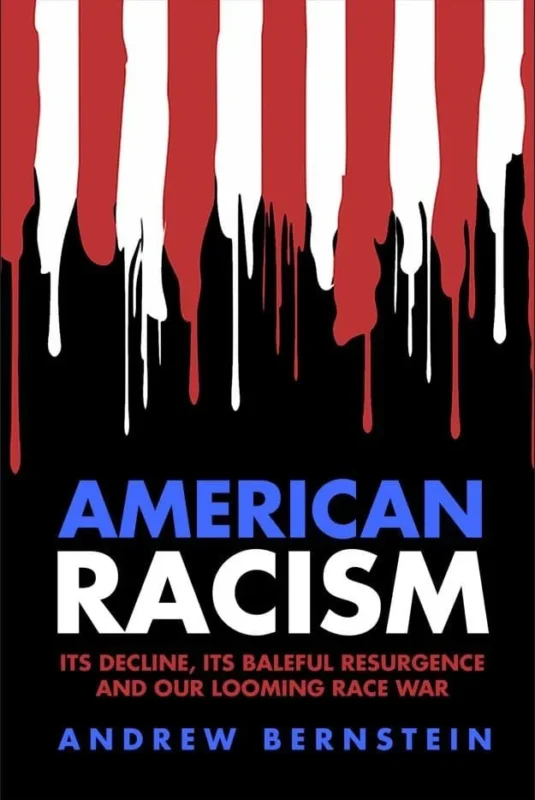Covering International equities over the last decade has been an interesting experience. Emerging markets in Asia and Latin America have gone through a couple of rounds of boom and bust, compressing into a few short years as much euphoria and desperation as most Americans have seen in the last thirty. During these cycles, I’ve noticed some dangerous behavioral patterns, behaviors which I’m now starting to see in the U.S.
BUY! BUY! STRONG BUY! STRONGEST BUY!!
When stocks have been surging for awhile, nearly everything becomes a “buy” recommendation. Only the dullest and most ineptly managed companies are rated “holds”. “Sells” are reserved for companies whose managers have been jailed, or that offer absolutely no prospect for investment banking business. Just a few years ago, I was flipping through volumes of institutional research published by prominent global investment banks. At least 80% of the Asian equities were “buys”, and virtually all the rest “accumulate” or “hold”. Not a poor prospect to be found in the lot. Furthermore, I don’t recall reading a single warning of possible currency problems.
In the U.S. today, “sell” recommendations are almost impossible to find. Believe me, I’ve tried; they’re even tougher to spot now than they were in pre-1997 Asia. Occasionally, an analyst will issue a “spite sell” the day after a company announces an earnings shortfall (and after it has already dropped 25%). This is presumably because it would be embarrassing for the public to see the former “buy” recommendation. But what I’m referring to is the appreciable absence of plain old “sell because this stock is not worth this much money.”
Further, once a market has risen long enough, the word “buy” loses impact; it simply isn’t catchy enough to rise above the heap. So the industry devises new and catchier ratings for stocks to separate the fantastic from the merely great. “Strong Buy” is common place; “Single Best Buy” is becoming more popular. Curiously, I have even seen some analysts issue multiple “single best buy” ratings.
CASH FLOW BE DAMNED!
In extended bull markets, analysts invariably forget about good old fashioned balance sheets. Cash flow is ignored over earnings prospects, because fast earnings growth companies generally burn through cash as they expand. This fact drove up many Asian and Latin stocks during their bull runs, as investors flocked to the companies most willing to stretch their balance sheets to buy earnings growth. When the economies slumped, these same companies went into a free-fall.
In the U.S. today, there exist many companies that appear to be well-covered by Wall Street analysts. They enjoy multiple “strong buy” recommendations, yet have consistently negative cash flow and bonds rated “junk”. Yet the glowing research reports focus only on “outstanding” earnings per share growth; rarely are negative cash flows, high valuation multiples, or weak balance sheets mentioned.
RELATIVE VALUATION
At market high points, analysts seem to compete on optimism to attract customer orders. When markets are highly valued, “Absolute Valuation” is tossed aside and “Relative Valuation” ushered in. Absolute Valuation is when you compare what you pay to what you expect to receive back in the future. Relative Valuation is when you compare what you pay to what you would have to pay for an alternative, begging the question of whether this or other stocks are fundamentally worth their current price.
The Relative Valuation pitch goes something like this: The market is trading at a P/E of 25, “that’s fair, after all these are good times, and people are willing to invest for the long run.” Company X’s industry trades at a P/E of 35, “that’s fair, because this industry has excellent long term prospects”. Company X trades at a P/E of 50. “We believe Company X, with its quality management, industry leadership, and excellent long term prospects deserves to trade at a 100% premium to the industry multiple, implying a 40% upside.”
In the typical Relative Valuation analysis, no coherent explanation is offered to justify a P/E of 70 and the basis for the premium forecast is typically arbitrary. With all the talk about how great everything is going to be in the long run, I at least expect to see some highly detailed long-run projections. Nope, the reports only focus on the great “quarterly earnings momentum” the company shows. Then the analyst forecasts the next two years’ results, after which Company X is projected to trade at a 40 P/E. Long-term my foot! This wonderful, premium, quality, long-run company will be downgraded in a heart-beat if it dares to report earnings below the next quarterly forecast.
I can’t tell you how many times I’ve seen Relative Valuation used to justify buy recommendations on richly valued companies. I saw it in Hong Kong in 1993 and 1997. I saw it in Mexico in 1994. Now, it is pervasive in the US market, where every stock evidently deserves to trade at a premium to the rest, because every company is somehow above average.









